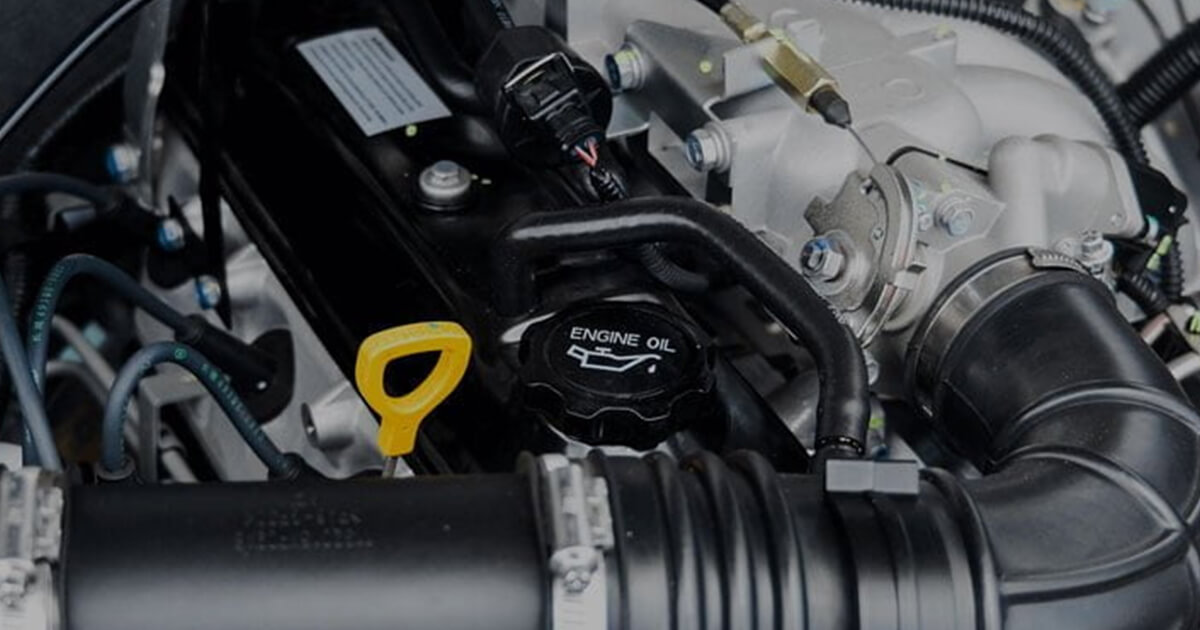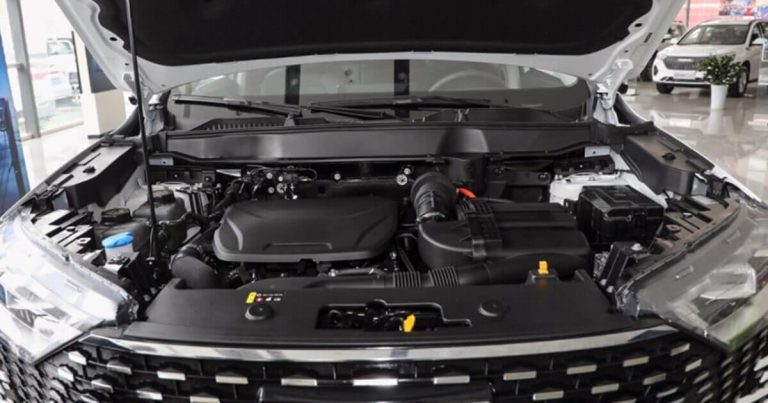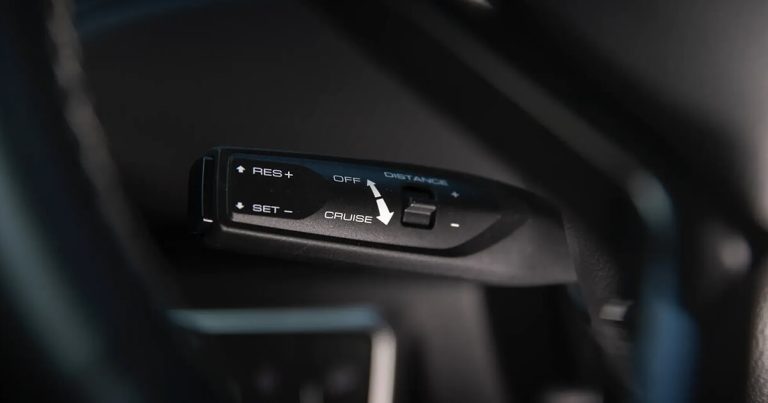Life moves fast, and sometimes, we forget the little things that matter most like taking care of our car’s heart: the engine. You might not see it every day, but it keeps your journey smooth and safe. Just like we need clean blood to stay healthy, your engine needs clean oil to perform. That’s why understanding your car’s engine oil change intervals is so important. Because skipping it isn’t just about missing a maintenance step, it’s risking your car’s future.
In this blog, we’ll walk you through why timely oil changes matter, how often to change oil, and what signs to look for. Whether you drive a few blocks a day or take long highway drives across the country, comprehending your vehicle’s needs could save you thousands of rupees in repair costs down the road.
Why Engine Oil Matters?
The lubricant running through your engine isn’t just a fluid. It’s your car’s life support system. It keeps parts moving smoothly, reduces wear and tear, and cools things down under pressure. As it ages, this liquid collects dirt, loses thickness, and turns into sludge. And when that happens, your engine struggles.
This essential fluid also helps maintain your car’s fuel efficiency. A well-lubricated engine burns less fuel, which means fewer visits to the petrol station. Not to mention, clean lubricant prevents unnecessary strain on engine components. It can even extend the life of your catalytic converter by reducing harmful emissions. That’s not just good for your wallet—it’s good for the planet too.
Regular changes based on the correct engine oil change intervals help the engine breathe easier. You’ll notice better performance, improved mileage, and fewer visits to the mechanic. It also protects your wallet from huge repair bills later on. A clean engine is a happy engine.
How Often Should You Change Oil?
This question pops up a lot, and for good reason. Every car is different. But a general rule says to replace your engine’s lubricant every 5,000 to 7,500 kilometers. If you use synthetic fluids, it might last up to 10,000 km. However, don’t just guess always check your owner’s manual.
Consider more frequent replacements if you drive a lot in stop-and-go traffic, tow heavy loads, or take many short trips. These conditions stress the engine, and dirty fluid won’t help. It’s better to refresh a little early than too late. When in doubt, get it checked.
Many modern cars also have a monitoring system that tracks driving habits and alerts you when a service is due. Pay attention to these alerts—they’re not just random notifications. Following the right engine oil change intervals can differ between a healthy engine and expensive repairs.
What Affects Oil Change Intervals?
Several things decide how often you should refresh your engine’s lubricant:
- Driving habits: Frequent short trips or constant traffic slowdowns wear down fluids faster. Short drives don’t allow the engine to reach optimal temperature.
- Type of lubricant: Synthetic blends last longer than conventional types.
- Engine age: Older engines often need more frequent attention. They may also consume more fluid over time.
- Weather: Extreme hot or cold speeds up breakdown. Humid environments can cause condensation inside the engine.
If you love your car, listen to it. Watch for performance dips, engine noise, or a dashboard light. These are signs it needs fresh lubrication. Think of it as your car talking to you—don’t ignore it. Stick to the recommended engine oil change intervals to keep things running smoothly.
Signs It’s Time to Change Your Oil
Your car will usually give you hints. Here are some to look out for:
- Lubricant looks dark and dirty
- Engine feels rough or noisy
- Burning smell from the engine area
- Excess exhaust smoke
- Low levels on the dipstick
- Maintenance light or warning light is on.
Also, if your car suddenly feels sluggish, the culprit might be overdue fluid. The engine works harder when it doesn’t get proper lubrication. That’s why regular checks matter.
Don’t wait until something breaks. Routine changes are simple and affordable compared to fixing a damaged engine. Prevention is always better than repair, and following a proper engine oil change intervals makes that easy.
Synthetic vs. Conventional Oil
Conventional lubricant is cheaper but needs to be replaced more often. It’s fine for light driving and older vehicles. Synthetics cost more upfront but save money long-term because they last longer and perform better.
Synthetics are better at resisting high temperatures. They also flow more easily in cold weather, which means better protection during winter months. If you often drive in extreme conditions, this is a better option.
Choose what’s right for your car and your driving habits. If unsure, ask your mechanic or refer to the owner’s manual. Always follow manufacturer recommendations when it comes to grade and viscosity. Matching the correct type of lubricant with your car’s required engine oil change interval is crucial for optimal health.
DIY or Professional: Where to Get It Done
Doing a change yourself can be rewarding. You’ll learn more about your car and save money. But make sure you have the tools and know-how. Always work on a flat surface, and dispose of used fluids properly.
On the other hand, professionals do it fast and correctly. Many service centers also offer free checks for brakes, filters, and tires during the visit. It’s an excellent opportunity to catch other issues early.
Dealerships often use manufacturer-approved parts and materials. Local garages might be cheaper, but make sure they use quality products. Don’t hesitate to ask questions before they begin the service.
Conclusion
Changing your engine fluid on time protects both your car and your peace of mind. It’s one of the best habits to keep your vehicle running like new. Stay ahead, stick to your engine’s ideal engine oil change intervals, and your engine will stay happy and reliable for years to come.




